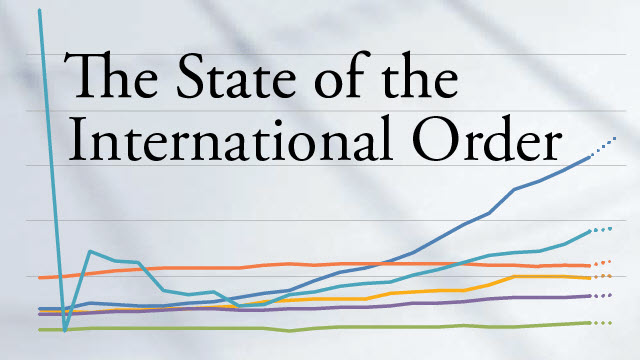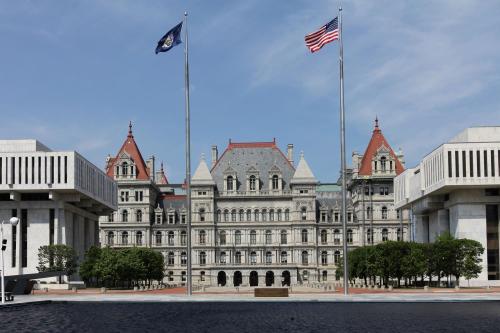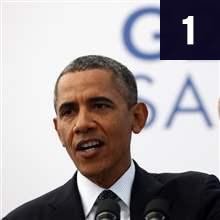 |
The Global Economic Order Survived the Crisis but Fault-lines Remain
The global economic order responded effectively to the immediate financial crisis of 2008—especially when compared with the response to the Great Depression—but significant fault-lines remain that will impede a return to robust growth and may threaten additional instability. The long term challenges are twofold: 1) building a deeper set of protections against financial instability; and 2) adapting global financial and trade systems to the complex new reality of the top economies having very different structural dimensions and levels of per capita development.
|
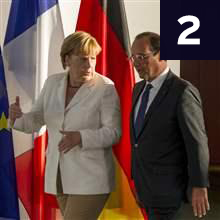 |
Europe’s Lost Decade
The Eurozone avoided the collapse of the Euro, which could have destabilized the entire global economy, but appears destined for a period of protracted stagnation with very low growth, zombie banks, and high levels of unemployment on the periphery. This lost decade is the direct result of structural shortcomings—especially a lack of fiscal and financial union—and policy mistakes. The Eurozone is unlikely to collapse but the unresolved issues will be a drag on the European and global economy and will reduce Europe’s capacity and will to influence the direction of the emerging global order.
|
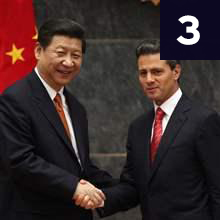 |
The Changing Pattern of International Trade—the Rest Rises and the West Stagnates
Developing and emerging economies account for a much greater share of international trade today than a decade ago. They have surpassed the rest of the West as the largest trading partner for both Europe and the United States. Their rise is a positive trend that benefits the global economy but the relative lethargy of Western countries on trade is a source of concern. The progress made on mega FTAs, such as the Trans-Pacific Partnership and the Transatlantic Trade and Investment Partnership, is a hopeful sign that the West may be beginning to get its act together.
|
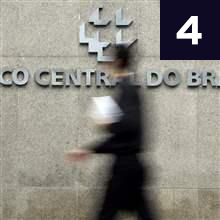 |
But, There’s Trouble on the Horizon for the BRICs
A decade ago the BRIC countries were hailed as the new economic powerhouses destined to bring the global economy into the 21st century. They fared better than Western economies after the 2008 financial crisis. But, they are now running into serious economic trouble. Confronted with poor growth prospects for the first time in years and the potential to fall into the middle income trap, the BRICs are now facing disenchanted populations and must deal with their increasingly apparent lack of coherence as a group.
|
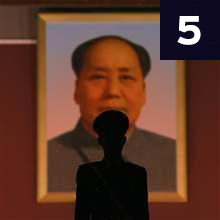 |
The Return of Geopolitical Competition and the Risk of Great Power Conflict
Since 1991, the world has enjoyed a great power peace where war between the major states was highly unlikely. Unfortunately, this period appears to be ending. Several major powers are engaged in a robust security competition. The greatest risk stems from the rivalry between China and Japan in the East China Sea but rivalry also exists in Southeast Asia, between the United States and China, and to a lesser degree in Eastern Europe. The return of great power security competition not only threatens the peace—it might also complicate international cooperation to tackle common challenges.
|
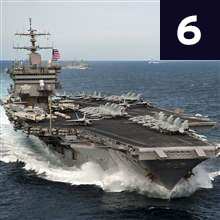 |
Trouble At Sea
We’ve entered a period of contest over the commons. Intractable territorial disputes in the East China Sea and South China Sea have become increasingly dangerous and could spiral into crisis. To date, efforts to introduce a code of conduct or other mechanisms to deescalate tensions have failed. This bad news is somewhat offset by maritime cooperation in the Arctic and collective anti-piracy operations in the Gulf of Aden. Despite China and India’s uneasiness that the United States controls access to the world’s critical sea-lanes, the U.S. Navy continues to play an indispensible role.
|
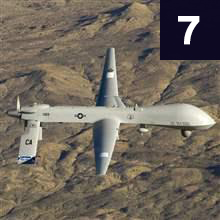 |
The Use of Force and New Rules of War
The past decade has seen the proliferation of new technologies on the battlefield, including unmanned aerial “drones”, and the shifting of the battle space into cyberspace. These new weapons have facilitated significant successes in counter-terrorism and counter-proliferation but they also come with great risks. As other states (and non-state actors) outside the United States and its allies acquire these new technologies, the United States has a strong interest and responsibility to create rules and norms which would see drones and cyber weapons used responsibly and in limited roles.
|
 |
Human Security Improving Everywhere Except the Middle East
Since the Cold War, there has been a precipitous decline in the number and intensity of conflicts, both large and small, in all regions of the globe—but now the Middle East is bucking that trend. The apparent collapse of regional order in the Middle East has resulted in a brutal civil war in Syria (estimated to have claimed 100,000 lives) with the risk of civil conflicts in Iraq, Egypt, and Lebanon. But even factoring in continuing conflicts, the broad signals of progress (infant mortality, poverty, literacy, life expectancy, etc.) are looking bright for the developing world.
|
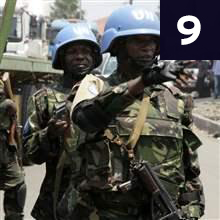 |
The Responsibility to Protect Hangs in the Balance
Since its ratification by the United Nations in 2005, the doctrine of the Responsibility to Protect (R2P) has faced numerous challenges, none greater than the stalemate over how to end the civil war in Syria. But R2P has also had successes: the NATO intervention in Libya in 2011, the UN intervention in Cote d’Ivoire in 2010, and efforts to hold leaders in Kenya accountable for election violence in 2007. Even so, R2P is under assault by countries whose ideal of sovereignty or whose strategic interests appear threatened by the doctrine.
|
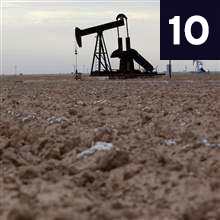 |
The New Geopolitics of Energy
The past decade has seen a radical shift in the global energy map as the unconventional revolution in the United States has put it on track to become the world’s largest oil producer. New discoveries in the Americas have weakened the grip of traditional suppliers on the international energy market. This shake-up has also exposed a lack of governance in the global energy trade and stoked fears in China over the security of its energy sources. This new paradigm could give the U.S. enormous influence in shaping the future of the global energy trade, or it could lead to major conflict between states vying to secure their economic lifelines. But climate change remains a profound challenge.
|
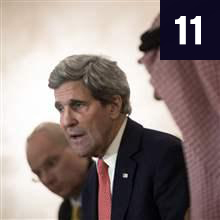 |
A Turbulent Gulf
Protecting access to the oil rich regions of the Persian Gulf was a key pillar of U.S. grand strategy for most of the post-World War II period. Now, with the U.S. shale revolution, mounting domestic concerns, and a possible comprehensive deal with Iran over its nuclear program, countries fear that the United States is preparing to reduce, or at least transform, its commitment to Gulf security. The Persian Gulf region is increasingly unstable, but the perception is beginning to take hold in America that guaranteeing stability in the Gulf is no longer a core U.S. interest. Whether a new equilibrium will emerge remains to be seen.
|














